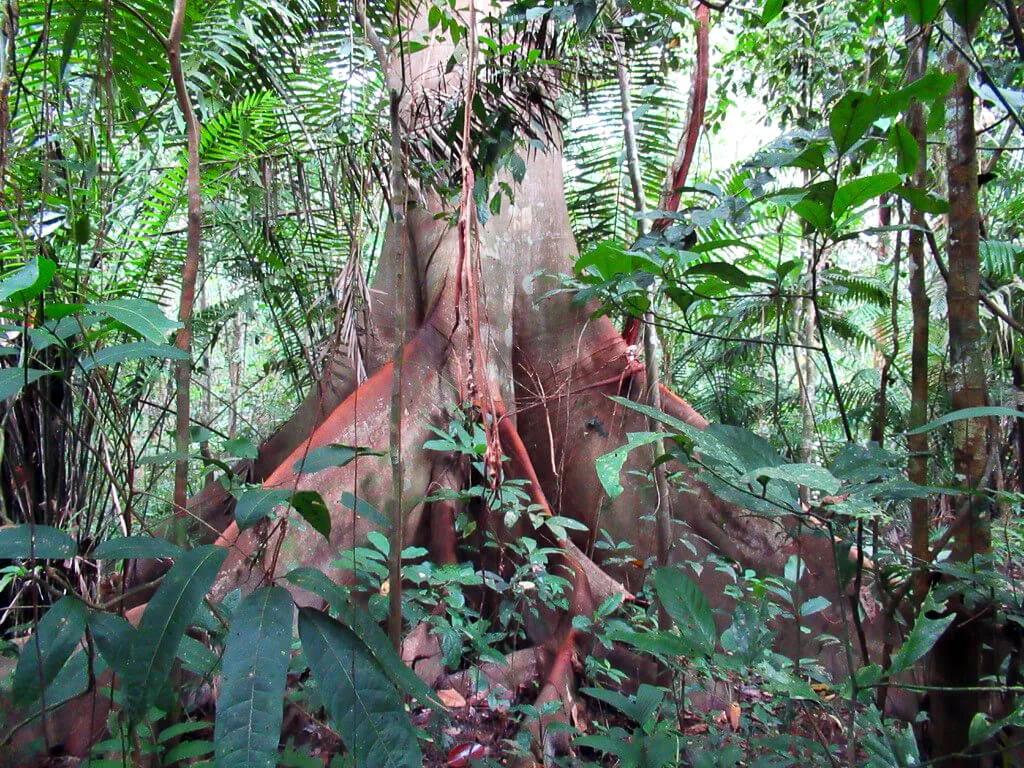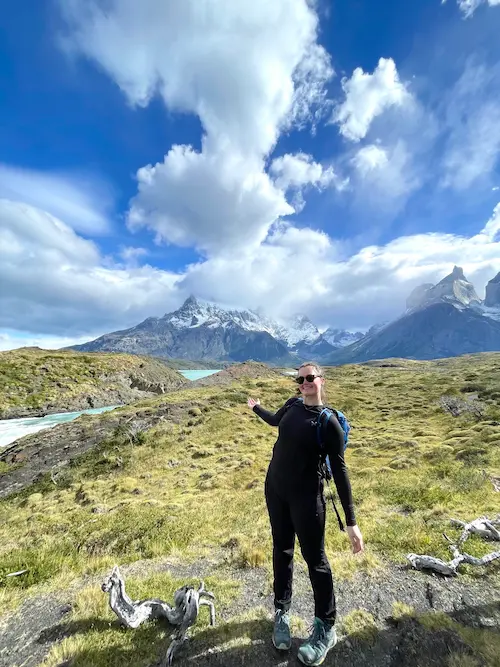A Living Museum
We’ve all been to some type of public building full of information, often focusing on one area of knowledge—art, history, science, social science. We call these things museums. They exist so that we can get more of an immersive learning experience than simply reading about faraway places, peoples, and times that are mostly if not completely out of our reach.
And this makes sense — people want to experience new and exciting things in ways that often make lasting impressions. However, these buildings do not give justice to the reality behind the information and cultures they are trying to represent. There is nothing quite like experiencing the real thing. And until you do, you can’t prepare for what it’ll be like.
I visited a museum about the Maijuna people, which make up four individual communities in Sucusari in Loreto, Peru. Snapshots of their historic and current cultures are presented, but after having interviewed some of the community leaders, I realized some not so evident details about the communities were missing. I knew their culture and their past, but not the more important meanings behind parts of their culture.
The same goes for the Peruvian Amazon rainforest in general. As a kid, and still now, I watched nature documentaries and read books from the non-fiction part of the school library, but I did not understand the true majesty of the vast resource of life that is the Amazon. It took me a dark, buggy night in the middle of the rainforest to really understand what it is all about.
We stood, in spots especially (or so it seemed) pointed out by our guide, around an enormous buttress tree in Sucusari, a part of the Peruvian Amazon more remote than I ever thought I would get to visit. This tree seemed not altogether very special, unless you counted its slightly larger than normal size. Before coming to see this tree, we were told it hosted luminescent fungi or bacteria, the classification of which has not yet been discovered.

When someone tells you of some amazing natural phenomena such as this, it is only natural for you to imagine it molded from other impressions you may have had with similar entities — for me this was those huge glowing trees from James Cameron’s Avatar movie. How lame this comparison turned out to be.
Our guide instructed us to turn out our lights, dousing the group in complete darkness, and to look up and try to find a star. With nothing but canopy above us, this seemed a ridiculous request, until he asked us to turn our attention to the ground we stood on to try to spot these stars. As small twinkles grew and developed into our own jungle heavens, I was blown away.
The heavens are on the ground! They were closer than we realized. They are closer than we realized. Then and there was I was able to fully grasp the meaning and importance of the Amazon’s biodiversity. Then and there was I able to finally understand the superficiality with which we mere humans lead our lives, designing buildings with snapshots of only fractions of what we could ever understand, what we could ever feel about and learn from our surroundings.
This disconnection between museums and reality — between everyday life and nature — is unfortunately inevitable. But this makes the moments of clarity all the more special, and the hope you should have for these experiences all the more important.

Related Posts


